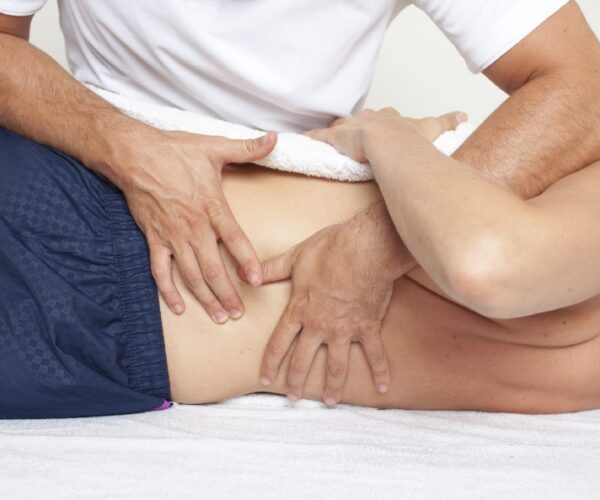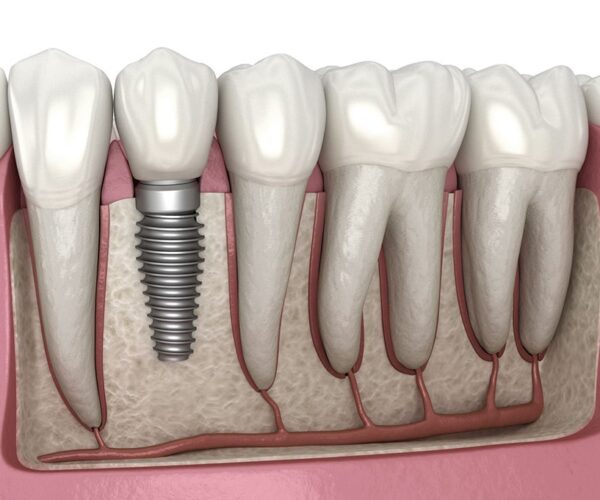People who see an osteopath need help with conditions affecting the muscles, joints, and bones, such as:
- lower back pain
- uncomplicated neck pain
- shoulder pain
- elbow pain
Most of these pains were caused by sports. So, if you suffer from one of these pains, perhaps you need to see an osteopath to get some treatment.
Osteopathy
Osteopathy is drug-free and non-surgical manual therapy, aiming to boost health across the body systems by strengthening and manipulating the musculoskeletal framework. An osteopathy practitioner focuses on the joints, muscles, and spine. The treatment aims to positively affect the areas of the body’s systems, such as:
- circulatory
- nervous
- lymphatic
Osteopathy is a manual therapy; diagnosis and treatments will be performed by hand. It is a complementary therapy, used along with conventional treatment to boost health. But, osteopathic physicians are also qualified as MDs and they have more training than other complementary therapists, such as naturopaths. Also, it specializes in osteopathy. It is one of the fastest-growing healthcare professionals in the U.S.
Osteopathy takes a whole-body approach to healthcare. It uses manual hands for the techniques to boost circulation and correct changed biomechanics without using drugs. The osteopathic physician doesn’t concentrate only on the problematic area but also uses manual techniques to balance the body systems and provide overall good health and well-being.
Osteopathic Manipulative Medicine (OMM) is a technique used for diagnosing and treating conditions using methods of:
- Stretching
- Gentle pressure
- Resistance
The use of osteopathy
Osteopathy provides treatment and relief for several conditions, such as:
- Arthritis
- Ankle, foot, hip, and knee pain
- Back pain, sciatica, and neck pain
- Headaches
- Elbow pain and shoulder pain
- Golfer’s and tennis elbow
- Postural problems (due to sports injury, pregnancy, digestive issues, and work or driving strain
- Neuralgia
Osteopathic physician detects conditions that are untreatable through osteopathy.
Benefits of osteopathy
Osteopathic treatment focuses on getting to the root cause of the symptoms. After the treatment, you are likely to experience a decrease in discomfort and symptomatic pain. It has a remarkable effect on the other aspects of lifestyle and health. The alleviating discomfort and pain may lead to:
- Improved mobility, flexibility, and body function
- More restful, a deeper sleeping pattern not interrupted by pain
- Increase in energy levels, helping you function more adequately with work, leisure activities, and even in the home
- Decrease in the levels of muscle tension and stress
- Positive effect on mood, mental health, and memory
- General improvement in the entire health and sense of wellness
Gentle techniques of osteopathy
The osteopathic techniques may include:
- Soft tissue stretching and longitudinal massage therapy
- Sustained trigger point pressure
- Gentle joint techniques
- MET (Muscle Energy Techniques)
- Lymphatic drainage techniques
- Biodynamic Craniosacral therapy
Osteopathic service uses a range of gentle hands-on techniques that aim to restore muscle function and improve joint movement and flexibility.




